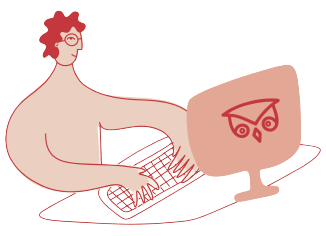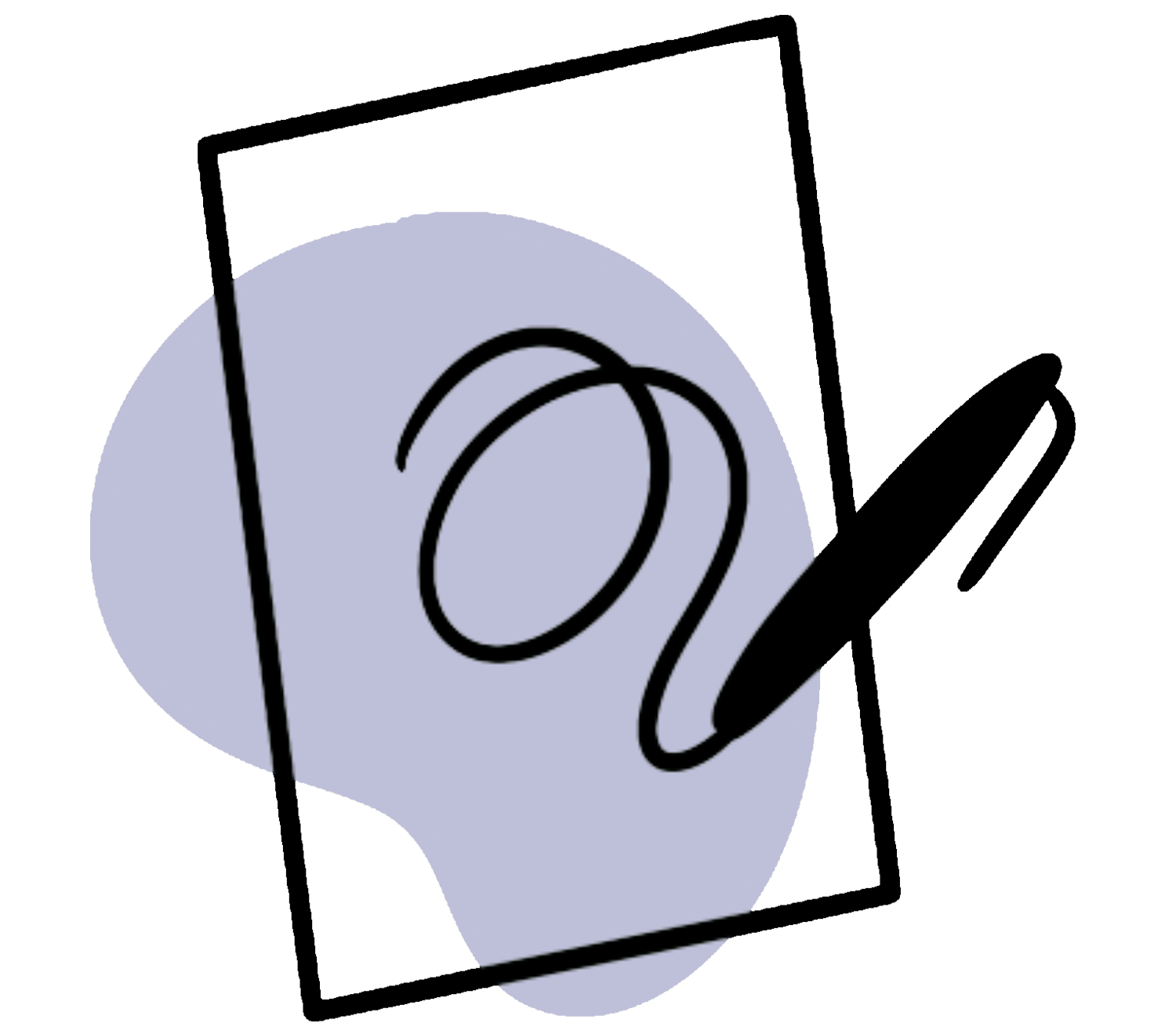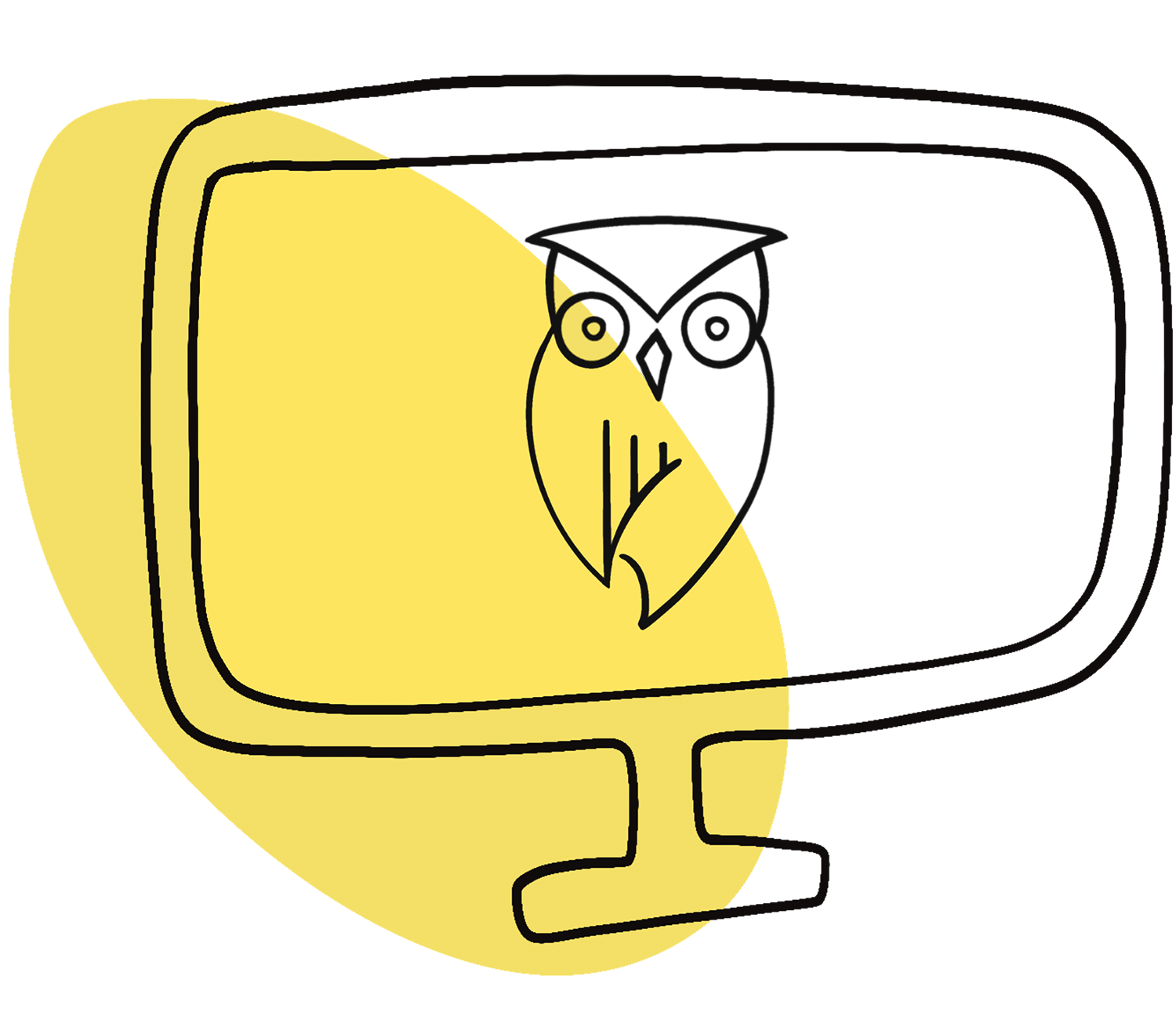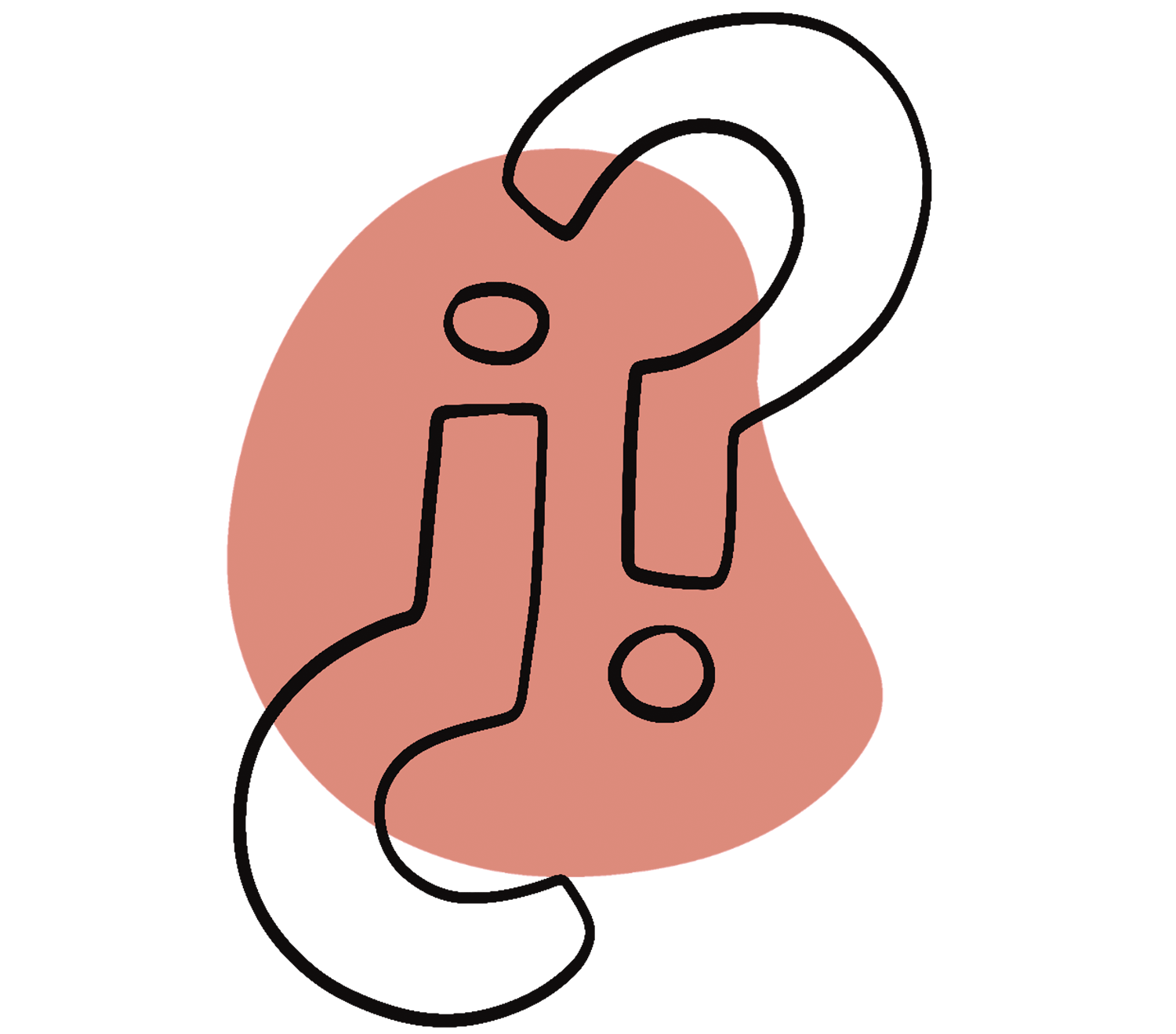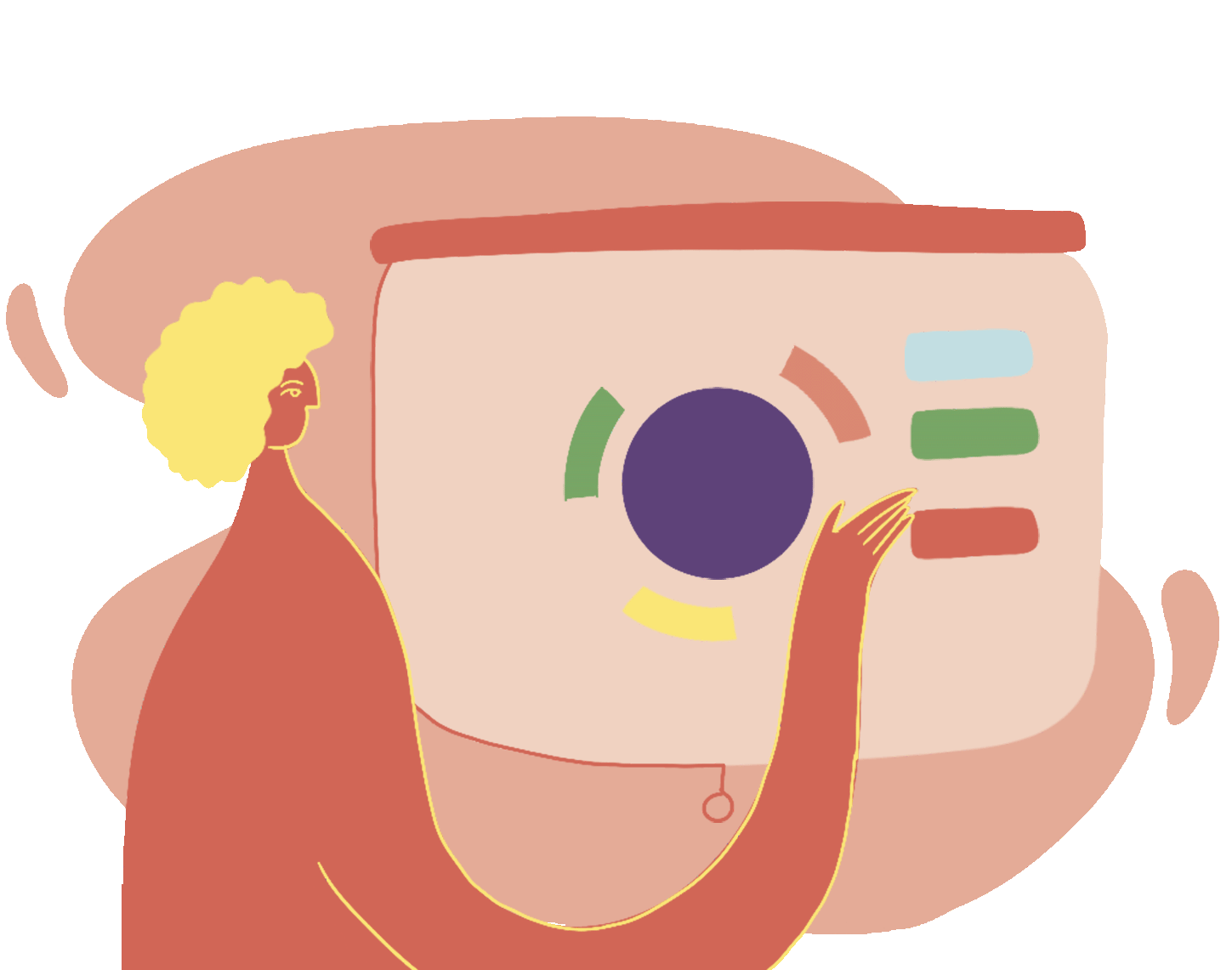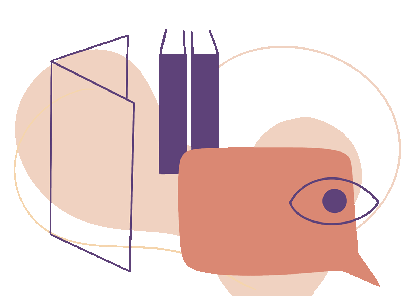The explanations in this article refer to the Guide to Scientific Work by Prof. Dr. Stefanie Müller, which many lecturers of the Faculty of Business Administration (BW) follow.
Müller (2012) recommends the use of footnotes to avoid interrupting the flow of the text. All footnotes are collected and listed at the bottom of the page.
The short reference in the footnote is formed according to the following pattern:
Last name (year), page number.
Example:
“Every direct quote must be placed in quotation marks in the text; the quote reference follows after the closing quotation mark.” 23
23 Theisen (2009), p. 151.
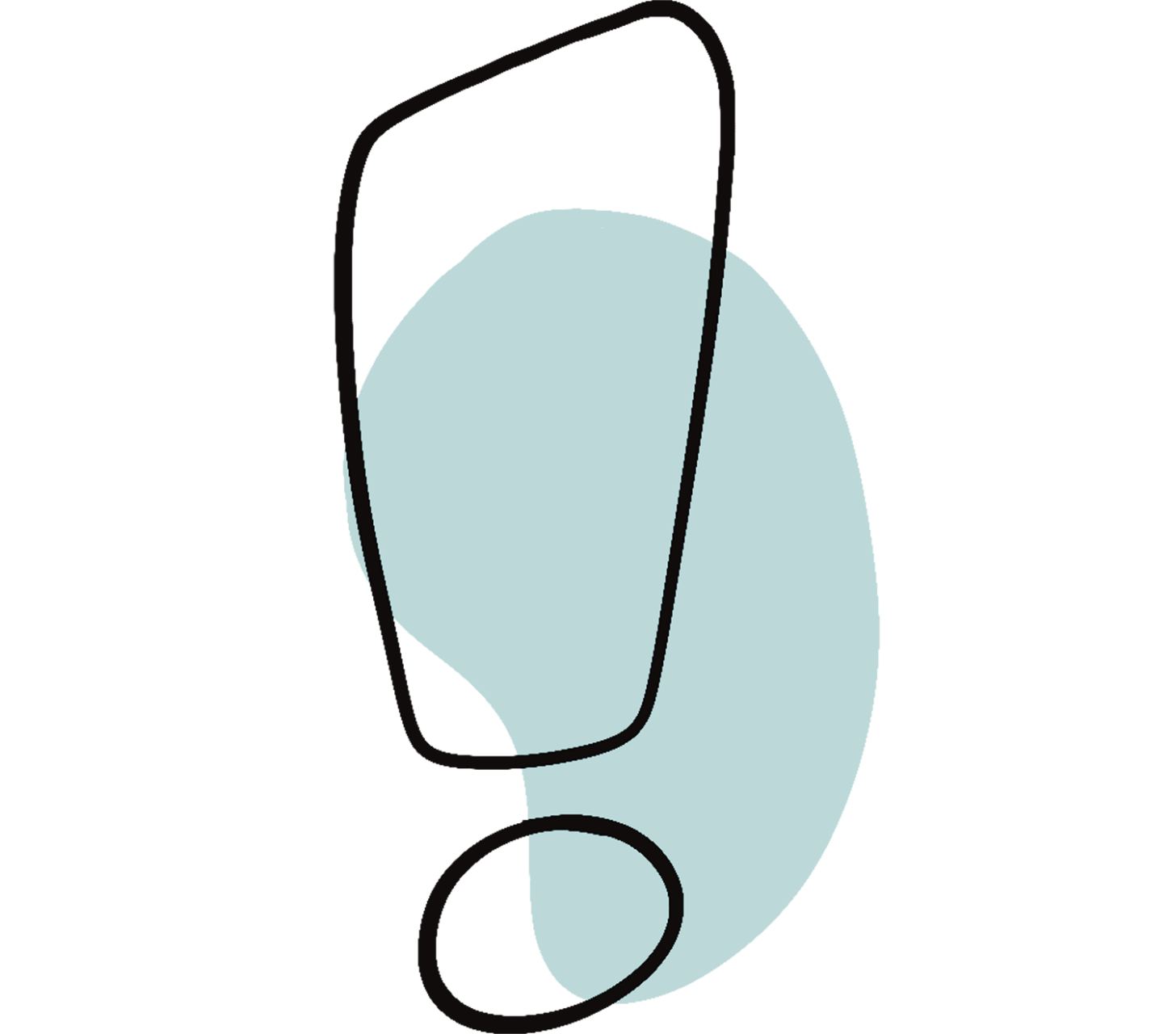
Basically, two types of quotes are distinguished: the direct (verbatim) and the indirect (paraphrased) quote.

With direct quotes you take over the foreign text unchanged into your text, including spelling and punctuation. This is indicated by quotation marks and the reference. Any change, omission, or correction of errors must be marked by square brackets.
Example:
“In direct quotes, the statements of another author are used word for word in one’s own text.” 1
1 Müller (2012), p. 132.

With indirect quotes you adopt ideas, results, statements etc. from other texts but formulate them in your own words. Indirect quotes are also marked with a short reference but are not put in quotation marks. The short reference in the footnote begins with “cf.”.
Example:
An indirect quote is characterized by the fact that the statements of a third person – in terms of meaning – are transferred into one’s own formulation. 1
1 Cf. Müller (2012), p. 132.
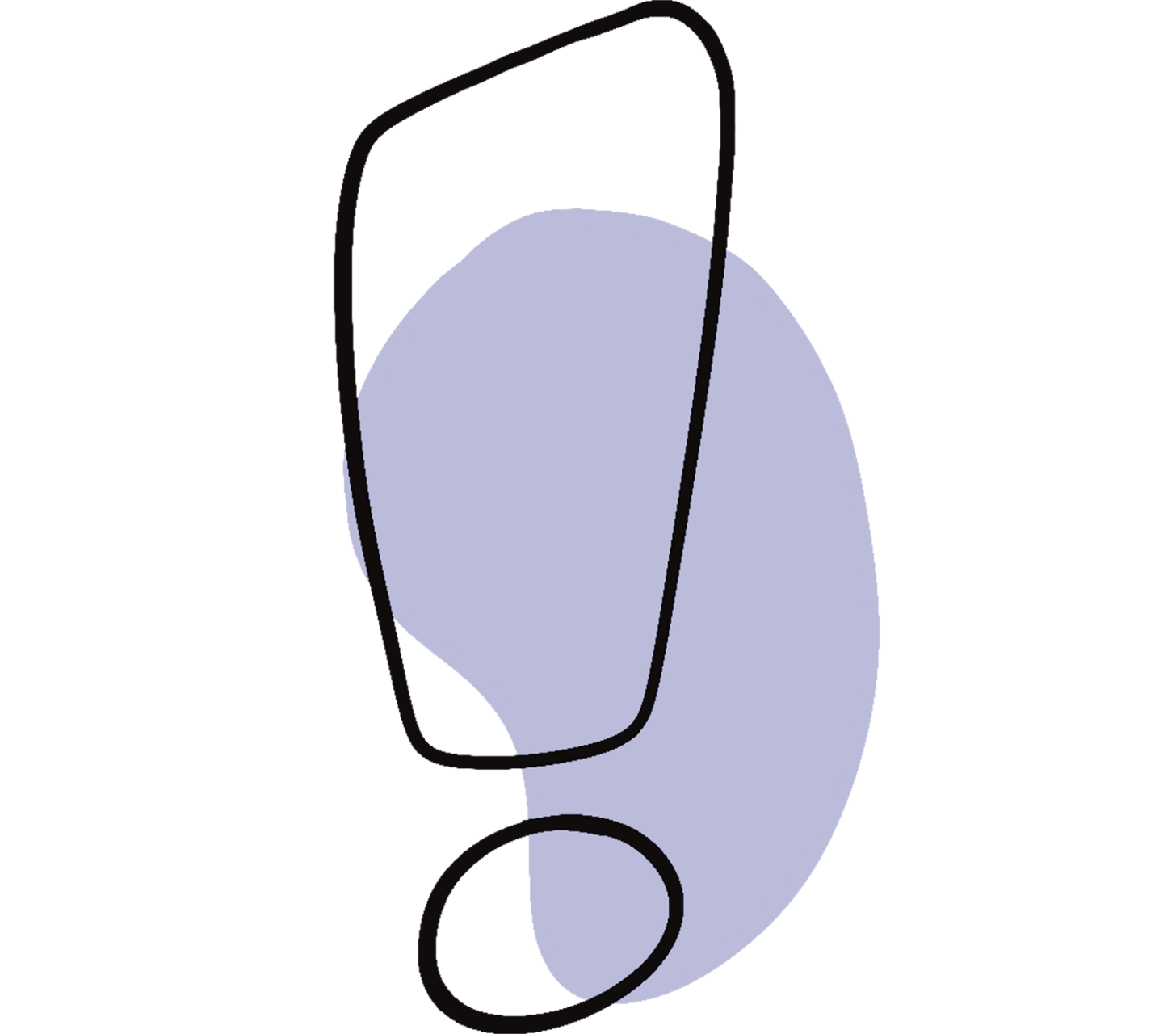
Secondary quotes – that is the citation of a quote – should be avoided. Such a quote may only be used in exceptional cases, e.g. when the original source is no longer accessible. Both sources must be listed in the bibliography.
Example:
If you have to use a secondary quote, the following details belong in the footnote:
Last name, first name (year), page number cited after last name, first name (year), page number.
If more than two authors are named, place an „et al.“ (Latin for “and others”) after the first name.
Example: Sterzenbach et al. (2009), p. 296.
If there are multiple sources by the same author from the same year, use lowercase letters (a, b, c, etc.) after the year.
Example: Aberle (2009a), p. 77. Aberle (2009b), p. 124.
If the place or author is not clear, use the title in place of the author. However, it is better – if the author is missing – to name the responsible organization (association, company, institution etc.).
Example: BMBF (2012), p. 34.
If the year or date is not clear, write „n.d.“ (no date).
Example: Maier (n.d.), p. 99.
Scientific publications worthy of citation are:
- Monographs
- Edited volumes
- Databases
- Scientific journals
Attention! The following sources are generally not worthy of citation:
- Lecture scripts
- Wikipedia
- Blog entries
- Websites that are not permanently accessible
See also the Literature search by faculties or our article: Using the right sources.
Note: Not all hits in a database are automatically worthy of citation, but you can e.g. set appropriate filters.
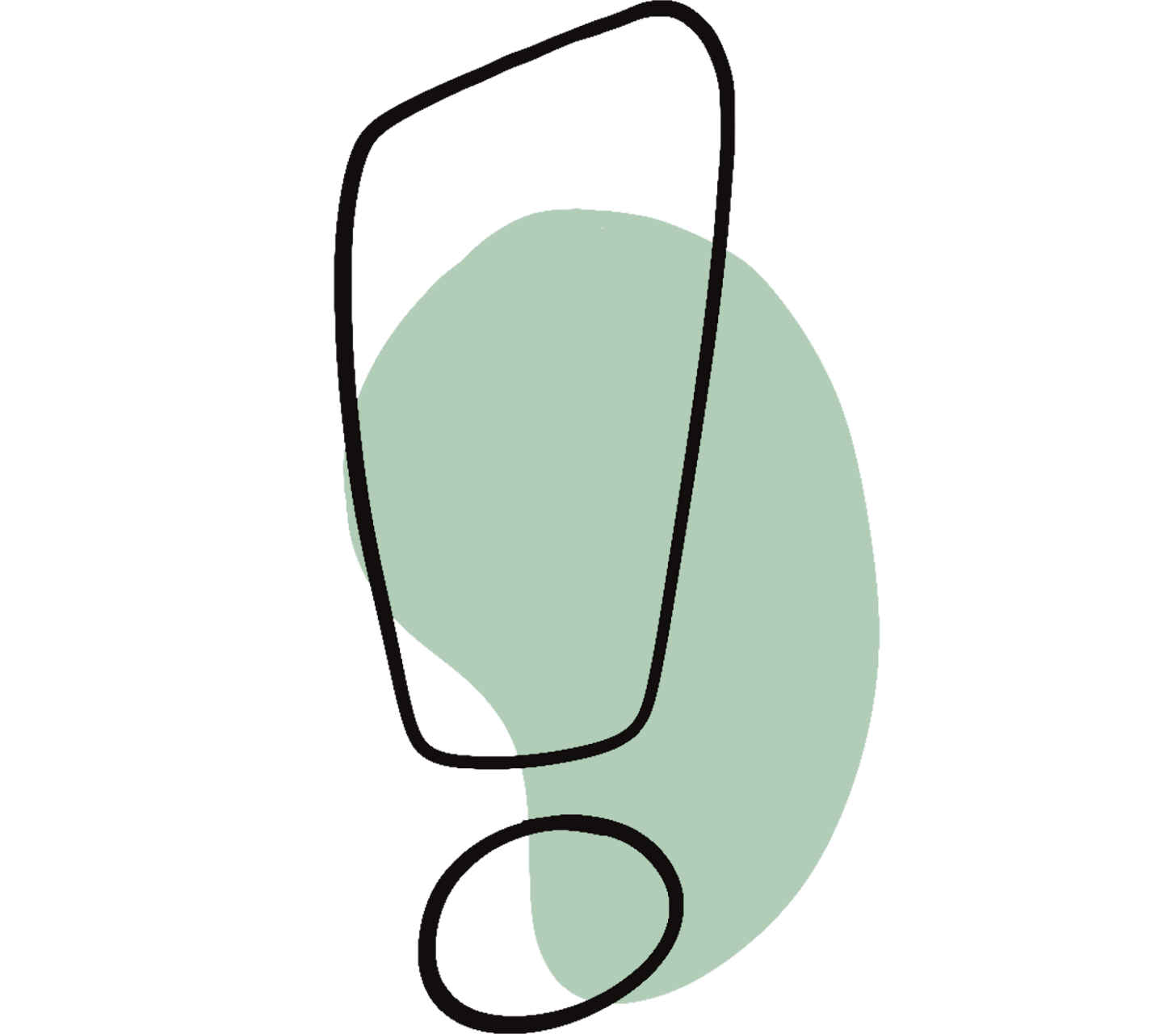
1. Monographs
Citation in the footnote:
Last name (year), page number.
Example:
Bretzke/Barkawi (2012), p. 40.
Bibliography:
Last name (year): Last name, first name: Title, edition, place of publication: publisher, year.
Example:
Bretzke/Barkawi (2012): Bretzke, Wolf-Rüdiger; Barkawi, Karim: Sustainable logistics. Responses to a global challenge, 2nd edition, Berlin; Heidelberg: Springer, 2012.
2. Journal articles & contributions in journals
Citation in the footnote:
Last name (year), page number.
Example:
Schäfer (2005), p. 6.
Bibliography:
Last name (year): Last name, first name: Title of the article/contribution, in: Name of the journal, volume, issue number (year), first page of article–last page of article.
Example:
Schäfer (2005): Schäfer, Henry: Sustainability Balanced Scorecard as a management system in the context of the sustainability approach – current status and perspectives, in: Controlling, 4th vol., no. 1 (2005), pp. 5–14.
3. Contributions in edited volumes, encyclopedias, or handbooks
Citation in the footnote:
Last name (year), page number.
Example:
Michelsen (2007), p. 27.
Bibliography:
Last name (year): Last name, first name: Title of the contribution, in: Last name, first name (ed.): Title of the edited volume/encyclopedia/handbook, edition, place of publication: publisher, year, first page of contribution–last page of contribution.
Example:
Michelsen (2007): Michelsen, Gerd: Sustainability communication: understanding – development – perspectives, in: Michelsen, Gerd; Godemann, Jasmin (eds.): Handbook of sustainability communication – fundamentals and practice, 2nd edition, Munich: Oekom, 2007, pp. 25–41.
4. Online documents & websites
Citation in the footnote:
Last name/organization online (year).
Example:
The World Bank online (2013).
Bibliography:
Last name/organization online (year): Title, URL, accessed on DD. Month YYYY.
Example:
The World Bank online (2013): Population (Total), https://data.worldbank.org/indicator/SP.POP.TOTL?or-der=wbapi_data_value_2012, accessed on 19 March 2021.

Which citation style is recommended at the Faculty of BW?
Müller (2012) recommends using footnotes in order not to disrupt the flow of the text. All footnotes are collected and listed at the bottom of the page.
How do I use direct quotes?
For direct quotes, you take the foreign text unchanged, but make this clear by quotation marks and the reference. All changes to the text are marked by square brackets.
What should I pay attention to with indirect quotes?
With indirect quotes, the original text is not taken literally, but the content is rewritten in your own words. However, the reference to the source must still be given.
This article was published in August 2025 and last updated in November 2024.

